A male humpback whale recently completed one of the longest migrations ever recorded for this species, traveling over 8,000 miles (around 13,000 km) across multiple oceans. This extraordinary journey, documented by scientists, has captivated experts and may signal the impact of climate change on these marine giants.
An Extraordinary Migration
The journey of this humpback whale began in 2017, when it was first sighted off the coast of Colombia in the Pacific Ocean. After being observed several times in the same waters over the years, its trajectory took an astonishing turn in 2022. The whale was spotted more than 13,000 kilometers away, near Zanzibar, an island off the coast of Tanzania in the Indian Ocean. This transoceanic voyage, crossing vast marine expanses, set a new record for the humpback whale.

A Mystery in the Sea: What Drives This Migration?
Scientists, including Ekaterina Kalashnikova, a researcher at the Tanzanian Cetacean Program, have expressed astonishment at this unusual behavior. According to Kalashnikova, this migration is “really impressive and unusual, even for this highly migratory species.” It appears the whale embarked on this journey in response to changes in its environment, particularly related to its food sources.
Humpback whales primarily feed on krill, small shrimp-like creatures. However, recent studies have shown that krill populations are being disrupted by rising ocean temperatures. As a result, this extended migration could be a response to the scarcity of their food in areas increasingly affected by climate change.
Theories Behind the Migration:
- The search for new feeding grounds due to the depletion of krill.
- Exploration of new breeding habitats due to changes in the whale population’s recovery.
- A shift in migratory patterns due to increased male competition, linked to a growing whale population.
The Consequences of a Warming Planet
Changes in the migratory patterns of humpback whales are a direct response to rapidly evolving climatic conditions. These animals, known for their annual long-distance migrations between tropical breeding grounds and colder feeding waters, are now forced to adapt their routes. The impact of climate change on krill availability is a major factor in this behavioral shift.
This migration could also signal a deeper change in marine ecosystems. As ocean temperatures rise, certain feeding areas for whales are becoming less productive, forcing them to travel further to find resources.
Climate Change-Related Factors:
- Altered natural habitats due to rising water temperatures.
- Changes in migratory patterns to follow food sources, such as krill.
- The impact of extreme climate events on traditional migratory routes.
A Response to a Changing Planet
Humpback whales are not the only species adjusting their behavior due to environmental changes. Cetaceans, especially whales and dolphins, are increasingly being observed exploring new territories. However, these behaviors could also mean increasing pressure on populations, forcing them to adapt to increasingly hostile conditions.
As Dr. Kalashnikova points out, “the exact reasons remain unclear, but among the possible factors are global changes in climate, extreme environmental events (which are becoming more frequent), and evolutionary mechanisms specific to the species.” Therefore, the movements of this humpback whale are likely influenced by a combination of factors, with climate change playing a significant role.
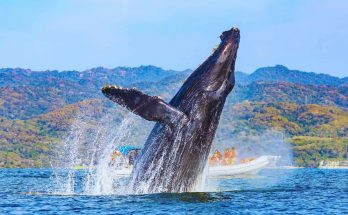





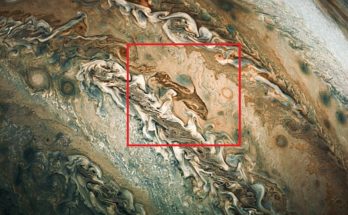



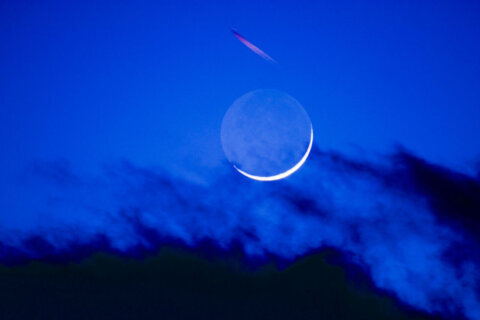
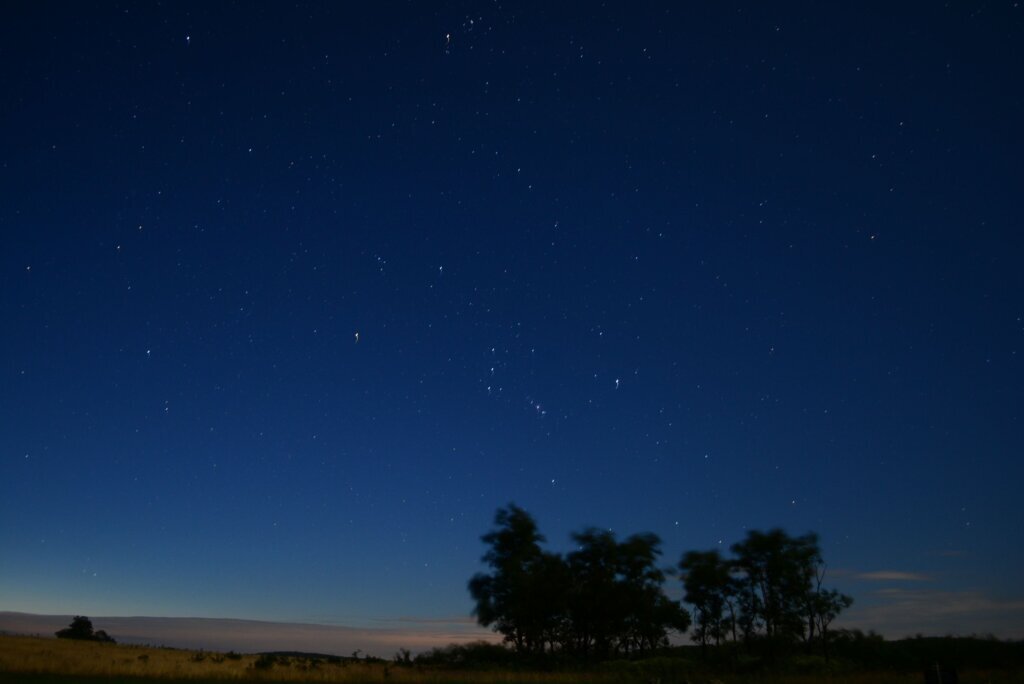



.jpg)
.jpg)


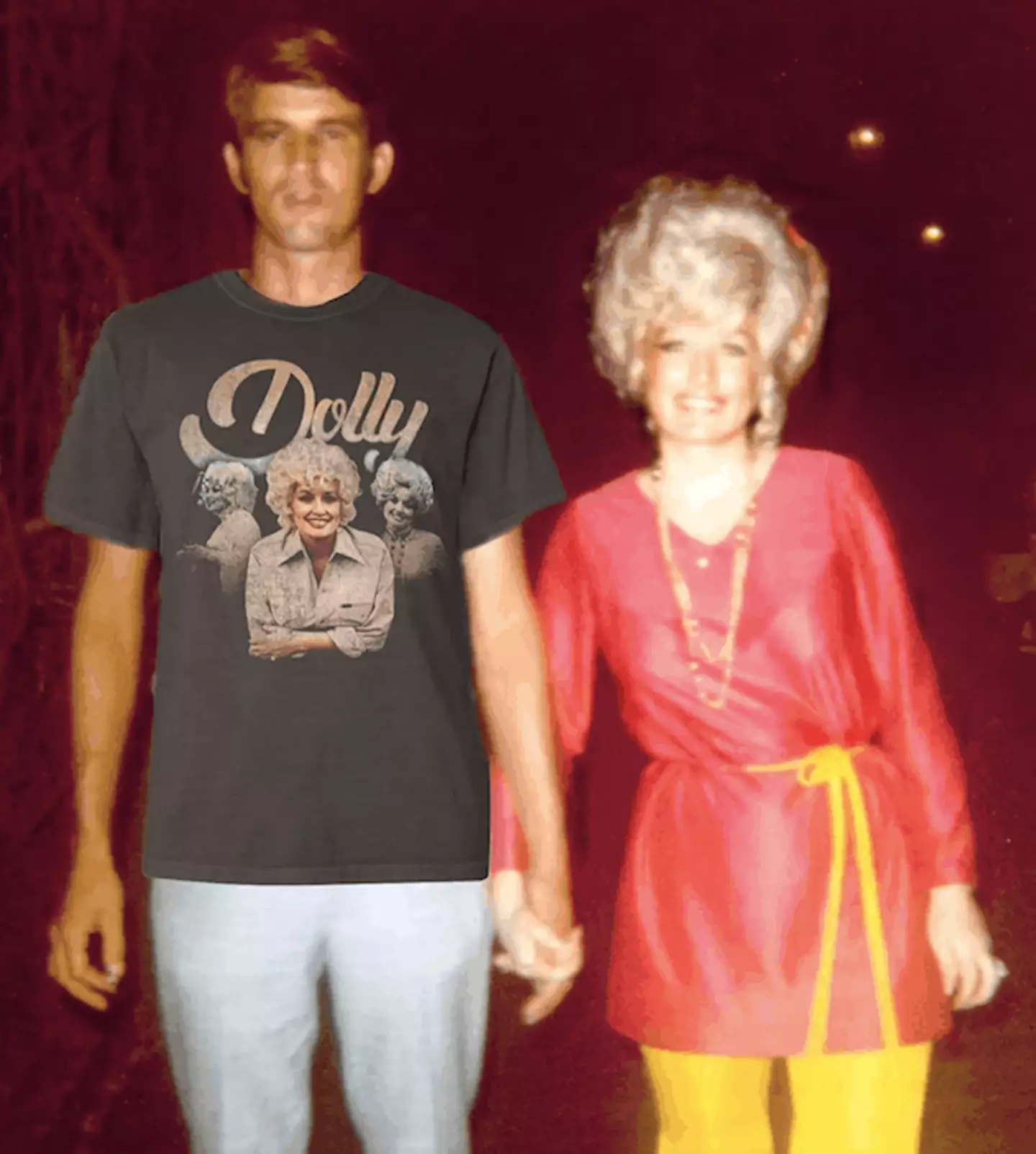

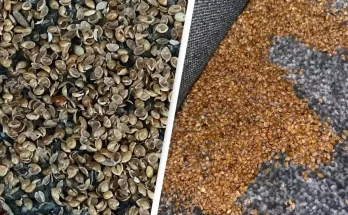
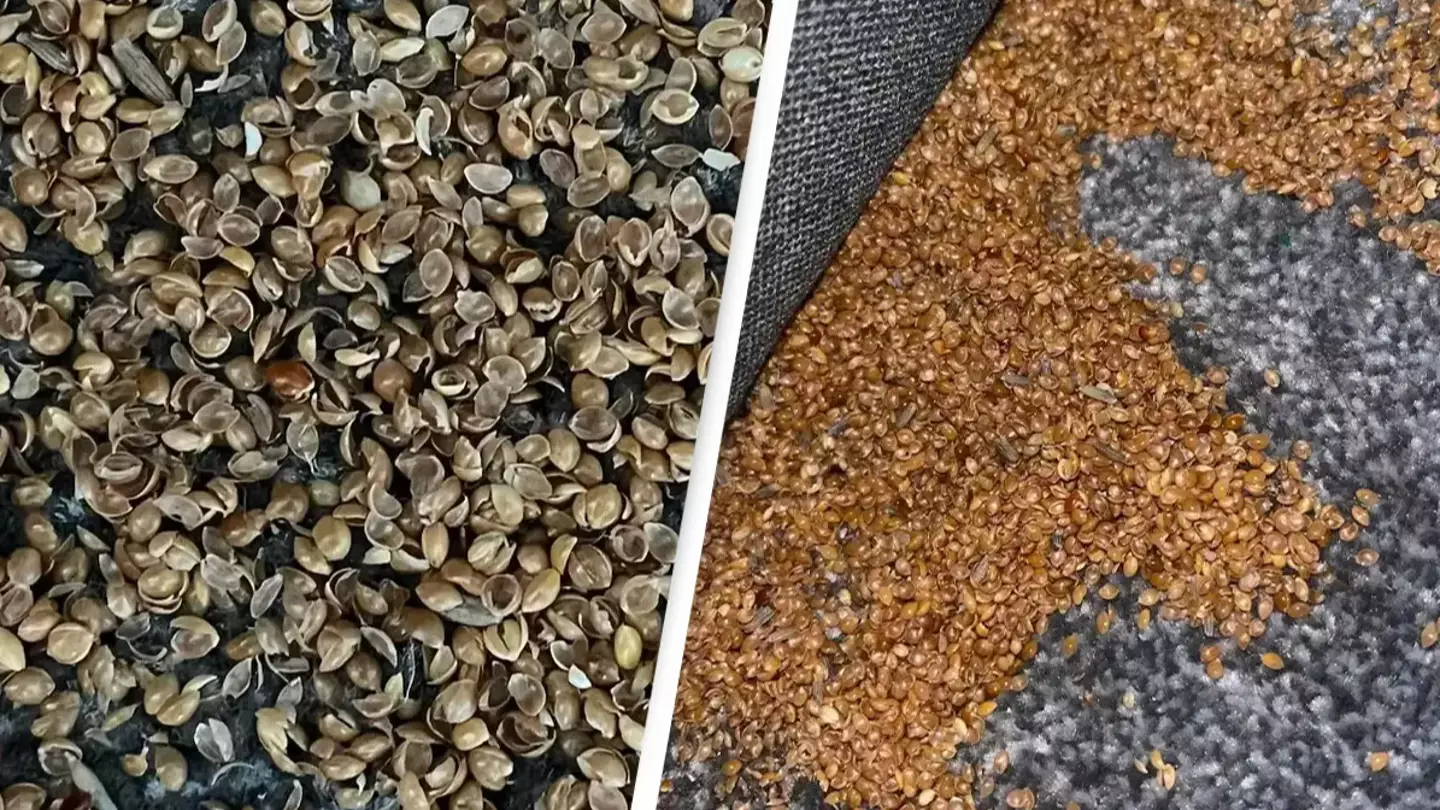
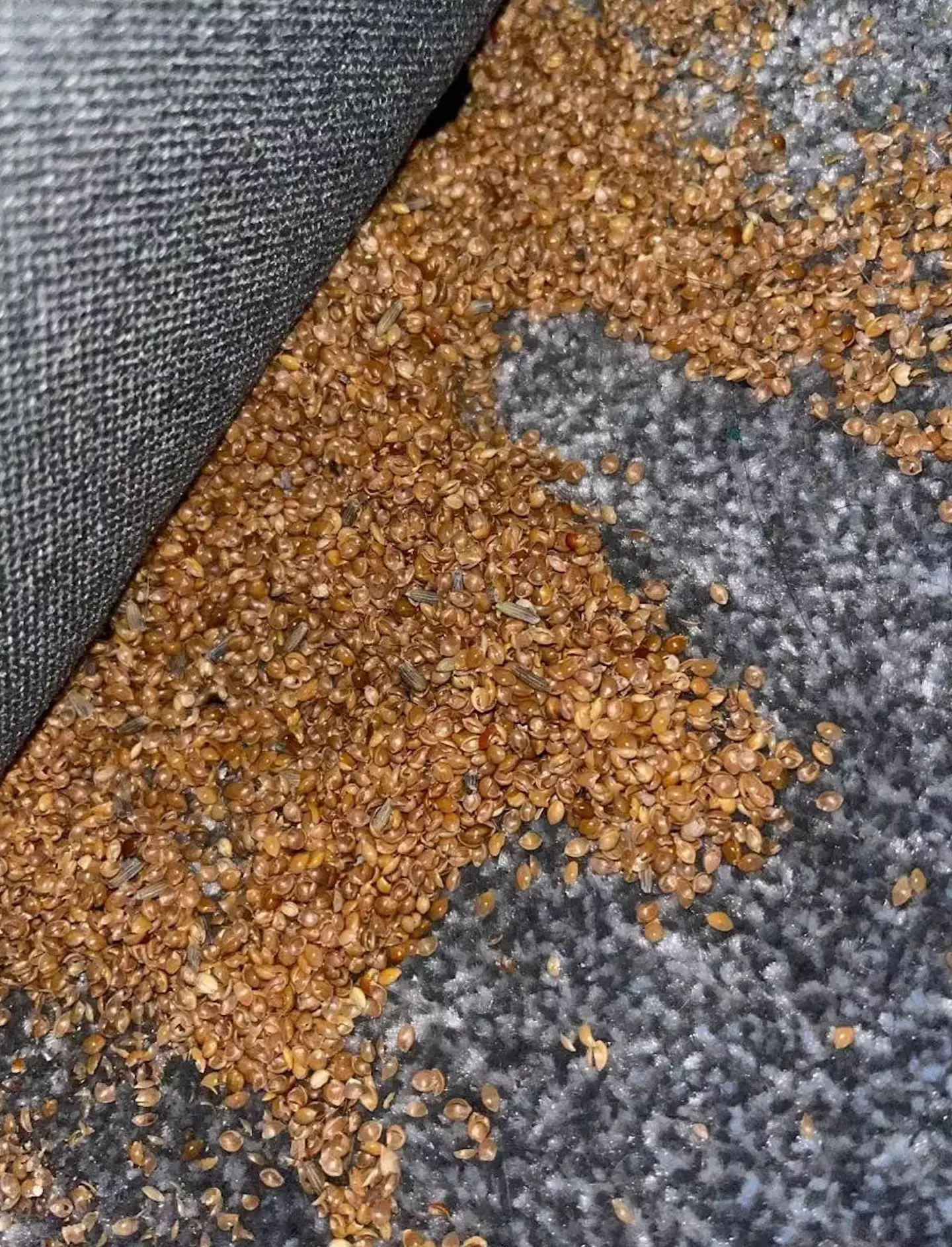
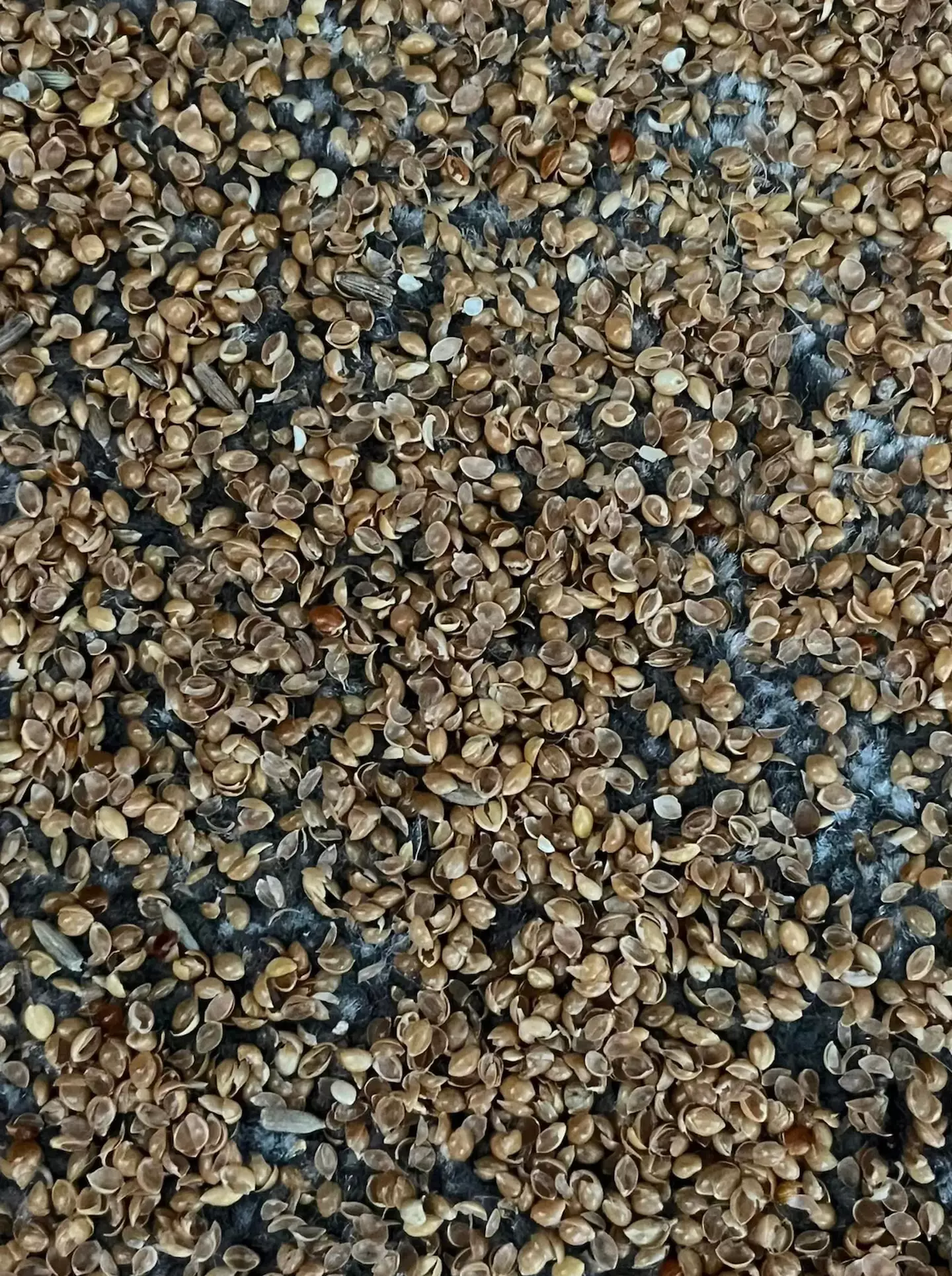
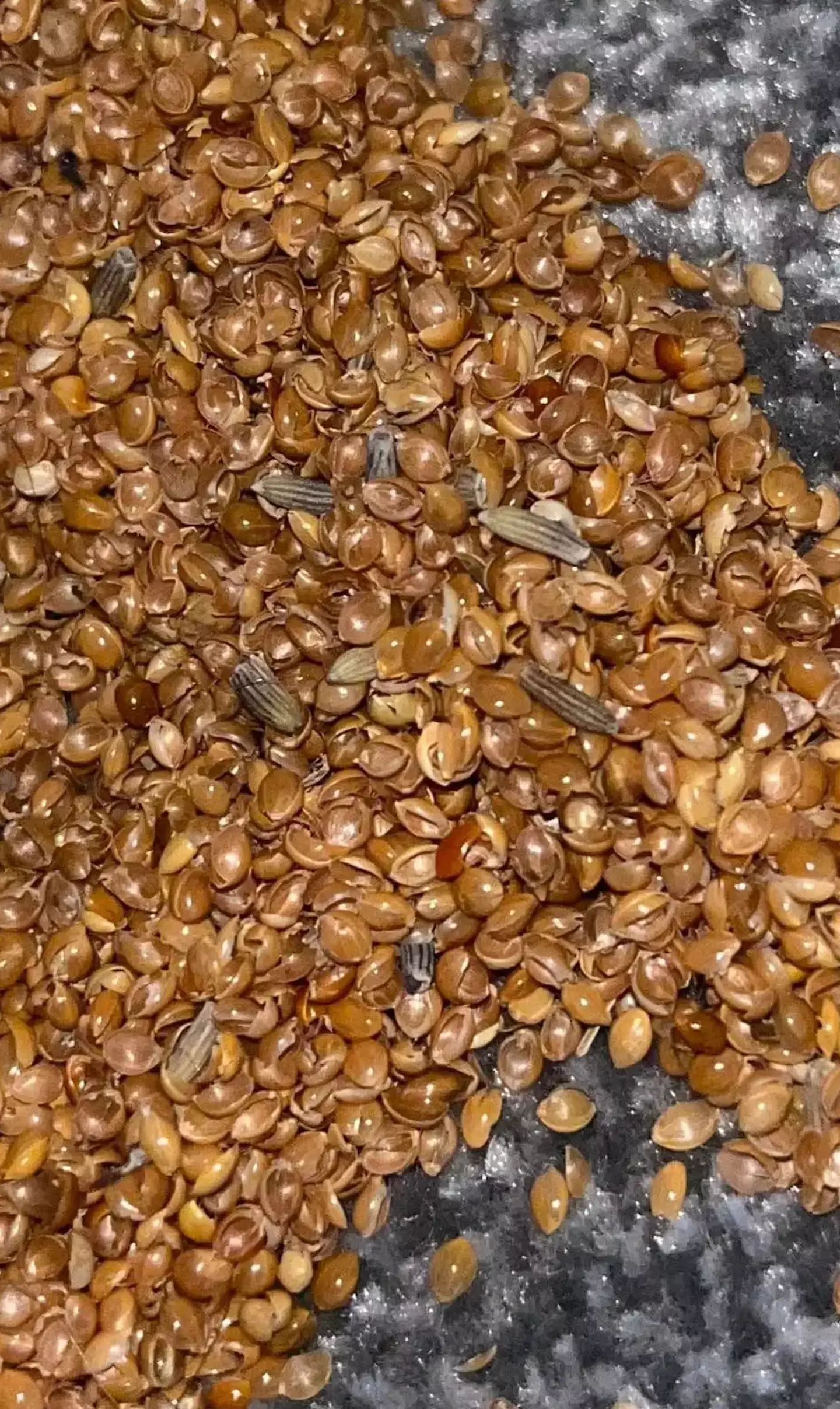




.jpg)








